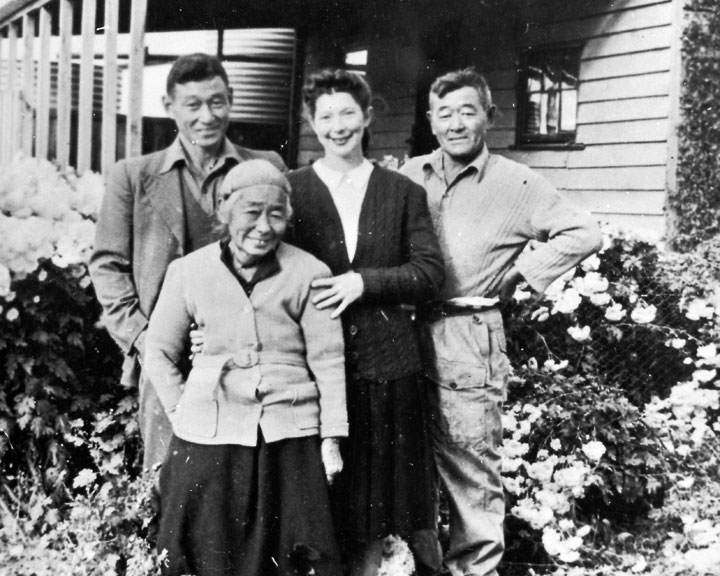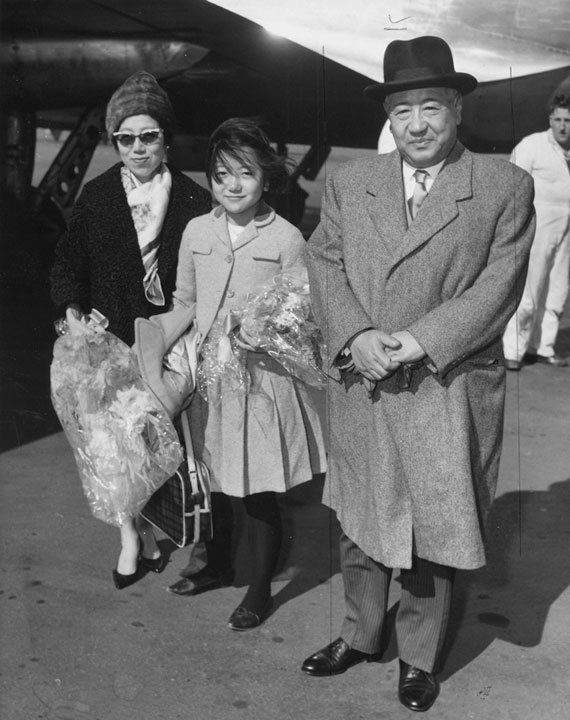Immigration History from Japan to Victoria
The Japanese community in Australia was relatively small in the nineteenth century. Until 1866 it was a capital offence for Japanese to leave Japan. However, in the later part of the nineteenth century Japanese had begun to emigrate. Those who went to Australia during the 1880s and 1890s largely worked as crew for Australian pearlers in northern Australia. Others worked in the Queensland sugar cane industry, or were employed in service roles. By 1891, only 30 had settled in Victoria.
The passage of the Immigration Restriction Act in 1901 restricted all non-European immigrants, including the Japanese. However, temporary permits allowed some Japanese immigrants to land in Australia, and by 1904 Japanese immigrants were exempted from the dictation test when applying for extended residency.
When the war against Japan broke out in 1941 the population was almost entirely interned. Most were deported when the war ended. Japanese communities and businesses across the country were effectively eradicated. In Victoria the community size plummeted from 273 people in 1933 to 96 in 1947.
Immigration from Japan remained banned until 1949. During the next five years numbers increased with the arrival of over 500 Japanese war brides. By 1954 the community in Victoria had climbed to 238, and by 1961 had reached 606.
The end of the White Australia policy in 1973 saw more Japan-born businesspeople, students and tourists arrive in Australia. The Japan-born population in Victoria doubled in a decade to 2,744 in 1986, and increased to 8,515 by 2016.
Today Japan-born Victorians are largely employed as professionals, and live predominantly in the more affluent eastern suburbs. The community organises a popular annual Japan Festival in the city of Whitehorse, and its activities are supported through organisations such as the Japan Club of Victoria.
Immigration History from Japan (Japanese) to Victoria
オーストラリアの日本人コミュニティーは19世紀には比較的小さなものでした。
1866年まで日本人が日本から出るのは死罪でした。しかし、19世紀の終わりには日本人の海外への移住が始まりました。1880年代と1890年代にオーストラリアへ行った人たちは主にオーストラリア北部でオーストラリア人の真珠貝採取船の乗組員として働いていました。また、クインズランドのサトウキビ産業で働いていた人たちやサービス業に雇われていた人たちもいました。1891年までにヴィクトリアに定住したのはわずか30人でした。
1901年に移民制限法が成立し、日本人などの非ヨーロッパ系移民すべてが制限されました。しかし、一部の日本人移民は一時滞在許可証でオーストラリアへの入国を許され、1904年までには日本人移民は滞在延長申請の際の聞き取りテストを免除されました。
1941年に日本に対する戦争が始まると、日本人はほぼ全員が抑留され、戦争が終わったときにほとんどが強制送還されました。オーストラリア全国の日本人コミュニティーとビジネスは事実上、根絶やしにされたのです。ヴィクトリアでは日本人コミュニティーの規模は1933年の273人から1947年には96人に激減しました。
1949年まで日本からの移民は禁止されたままでしたが、その後の5年間に500人以上の日本人戦争花嫁が到着して人口が増えました。ヴィクトリアの日本人コミュニティーは1954年までに238人に増え、1961年までに606人に達しました。
1973年に白豪主義が廃止された結果、オーストラリアに到着する日本生まれのビジネスマンや学生、観光客が増えました。ヴィクトリアの日本生まれの人口は10年間に倍増して1986年には2744人となり、さらに2011年までに6819に増えました。
今日、日本生まれのヴィクトリア州民は主に専門職として雇用されており、大半がより豊かなメルボルン東部の住宅地区に住んでいます。日本人コミュニティーはホワイトホース市で毎年、人気のジャパンフェスティバルを開催し、そのコミュニティー活動はヴィクトリア日本クラブなどの団体に支えられています。




